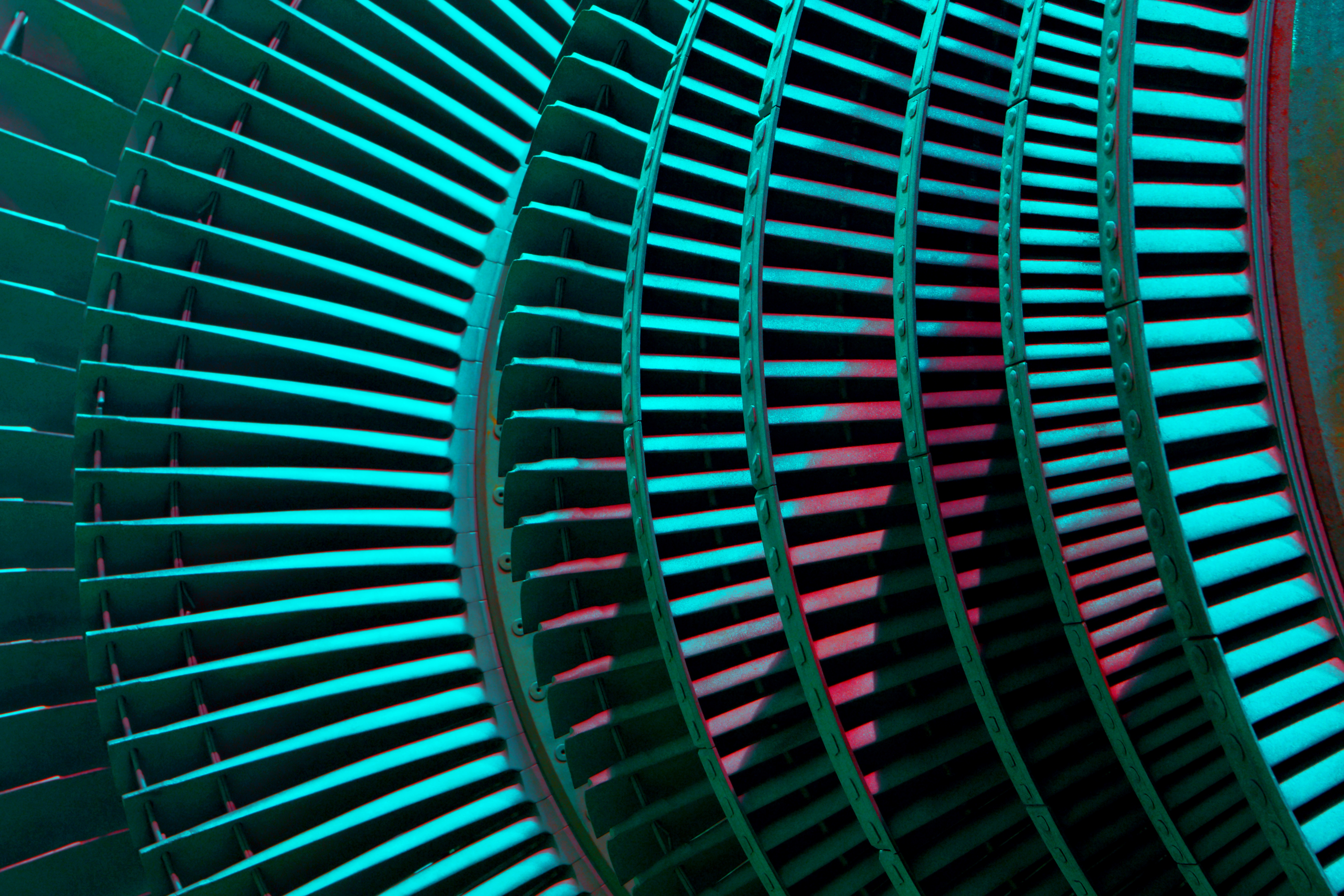The Florida Tech LAM laboratory led by the PI Dr. Mingareev performs research into the fundamentals, process development, in situ and ex situ process characterization, and applications of laser-based additive manufacturing technologies for a variety of industries from tooling to automotive, power generation, defense, and aerospace. The core research areas include (1) advancement of the process knowledge for powder- and wire-based 3D deposition of metallic materials and compounds, (2) improvement of process predictability through modeling of laser-matter interaction phenomena, (3) development of advanced in situ process diagnostics, (4) development of the next-generation system technology for laser-based 3D printing, and (5) additive manufacturing of advanced materials for extreme conditions.
The two main additive manufacturing processes investigated at the LAM Lab are the Selective Laser Melting (SLM), and the Laser Metal Deposition (LMD)[1]. Various high-performance materials can be utilized with both of these approaches, including Ti-, Ni-, Cu-, Al- alloys used in aerospace and turbomachinery applications. Special research focus is on the utilization of multi-material combinations, pre-alloyed powders, metal matrix composites, and materials with graded chemical composition. New system technology for laser additive manufacturing is currently under development including multiple-beam irradiation arrangements, novel laser scanning approaches, utilization of novel laser sources, e.g. UV/blue direct diodes, and advanced material supply methodologies. In situ process diagnostics are utilized to acquire process data for the melt pool behavior, material phase changes, interaction of high-power laser light with powders, wires and substrates, and to enable a predictable, feedback-based fabrication capability.
Fabrication of lightweight, high-performance parts for the power generation industry is an important research area that helps push the limits of energy conversion efficiency of gas turbines[2]. In particular, the use of cellular mesh structures incorporated into the parts’ design allows the evaluation of novel cooling approaches that enable higher operational temperatures in turbomachinery applications. In addition, novel hybrid processes are under development at Florida Tech currently. The average surface roughness of additively manufactured metallic parts is usually on the order of several tens of micrometers. In order to improve the surface finish, usually abrasive post-processing methods such as bead blasting or CNC milling are adopted. The LAM laboratory is working on combining different laser processing methods, such as ultra-short laser pulse processing with 3D printing to improve surface quality to sub-2 µm average roughness.
[1] I. Mingareev and M. Richardson, Laser Additive Manufacturing Going Mainstream, OSA OPN, February 2017
[2] B. Ealy et al., Proc. ASME Turbo Expo 2016, GT2016-58080

 Give to Florida Tech
Give to Florida Tech 